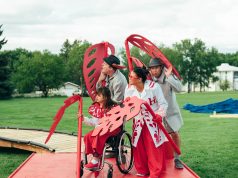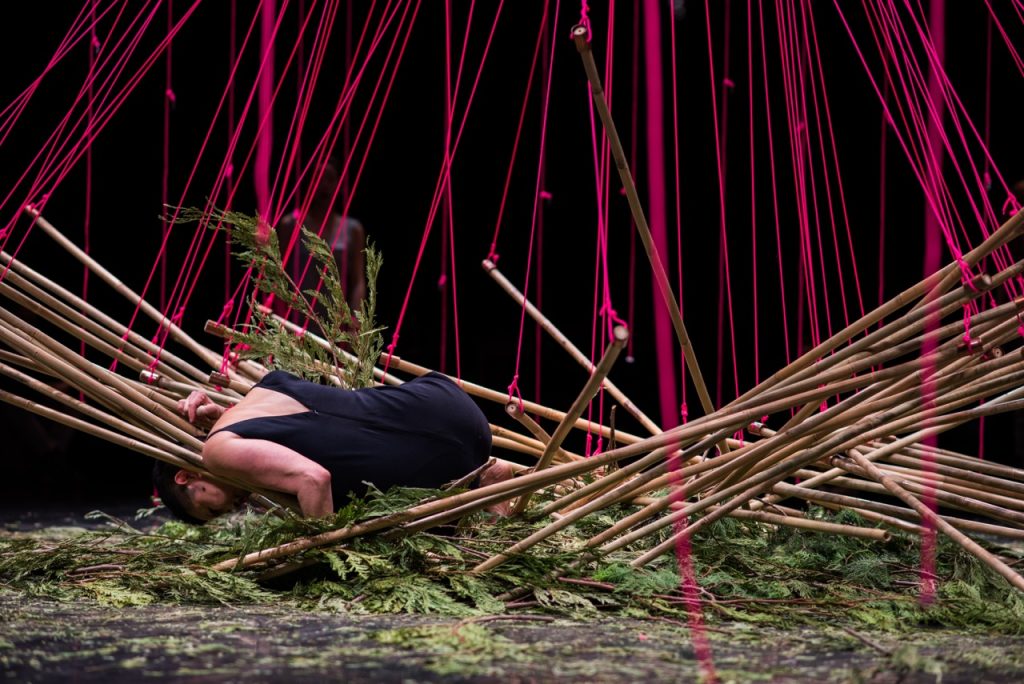
The practice of dance and theatre is full of non-consensual shit, and it begins in the training.
In 2012 I started a conversation called Talking, Thinking, Dancing Body because I longed to discuss dance and performance without ignoring the world it happens in. One of the recurring themes that come up at these conversations, currently facilitated by Justine Chambers and Sadira Rodrigues, is the ongoing sense of powerlessness amongst artists: unhappiness about working conditions, the lack of consent culture in classes and rehearsal rooms, coercion as a strategy to gain compliance.
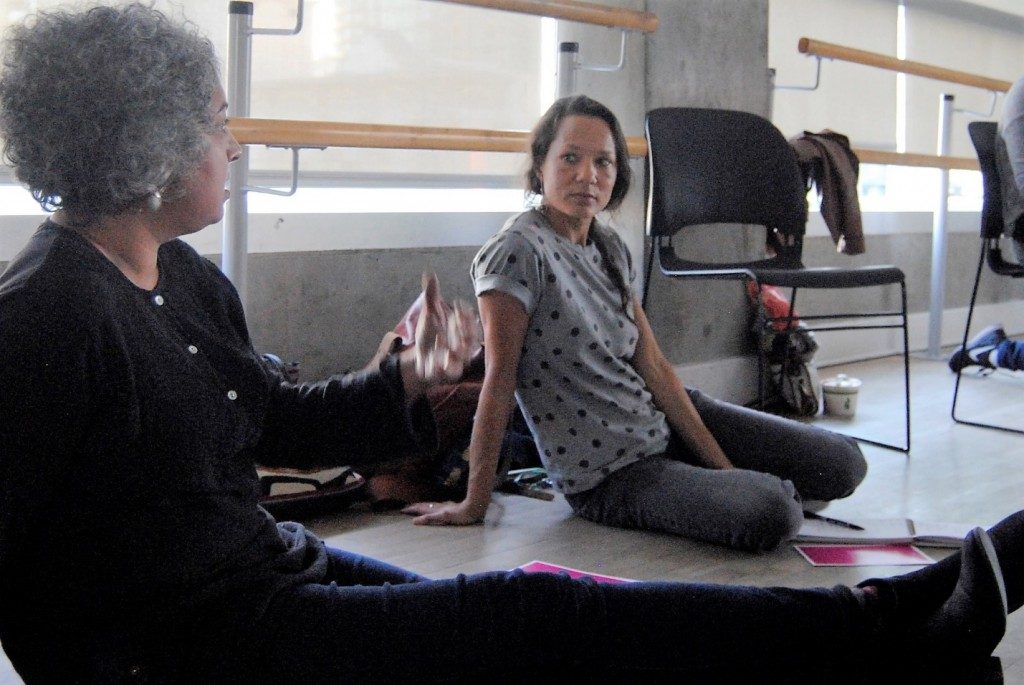
Along with this comes the acknowledgement that the training of young artists is often based on coercion, bullying and shaming. That our training institutions require, demand even, compliance. In dance training, this compliance is further underlined by silencing the dancer: through aesthetics, through practice.
So if an artist has spent their entire lives learning that saying yes or being silent is the way to success and survival while training, how then do we expect them to speak up and say “no” to shitty conditions, to abuse, to sexual assault in the workplace?
The reality of being a professional dance artist or theatre-maker is that most of us move fluidly between our roles as performer, director, teacher, student, individual and institution. And at some or many points in our lives, we have all been bystanders to injustice and abuse. Following this, it doesn’t take much to realize that if something is not right in our milieu, we are all complicit in it.
As with most systemic problems, this is not because we are inherently bad creatures. We have just been socialized, trained to shut up and endure. A child says “no” and that “no” is often met with displeasure, judgement or exile (“Go to your room”). Along with this lesson is the lesson that to be free of this tyranny, we become tyrants ourselves. We tell ourselves we are nice tyrants. Benevolent leaders. But as is evident in current world news, it is too easy to be delusional.
Last year, I initiated Teaching Wildness because I wanted an alternative, and I knew I wasn’t alone. I invited teachers, and those interested in the conversation, to come together as peers to share ideas, strategies and questions around nurturing consent culture in class and studios.
How might we “teach to transgress”, as bell hooks says.
The title Teaching Wildness comes from Sadira Rodrigues’ permaculture-inspired question: how do we plant for wildness, for an ecosystem that is vibrant and resilient in its diversity?
Over half a dozen meetings last year, teachers and facilitators from various fields gathered to talk and share stories across disciplines. From dance to BDSM, from teachers teaching in academic institutions to teachers working in virtual reality. Some of the questions we grappled with each time were:
What does consent look like in class?
What is the alternative to compliance as the default value?
What does it mean to teach your students how to say “no”?
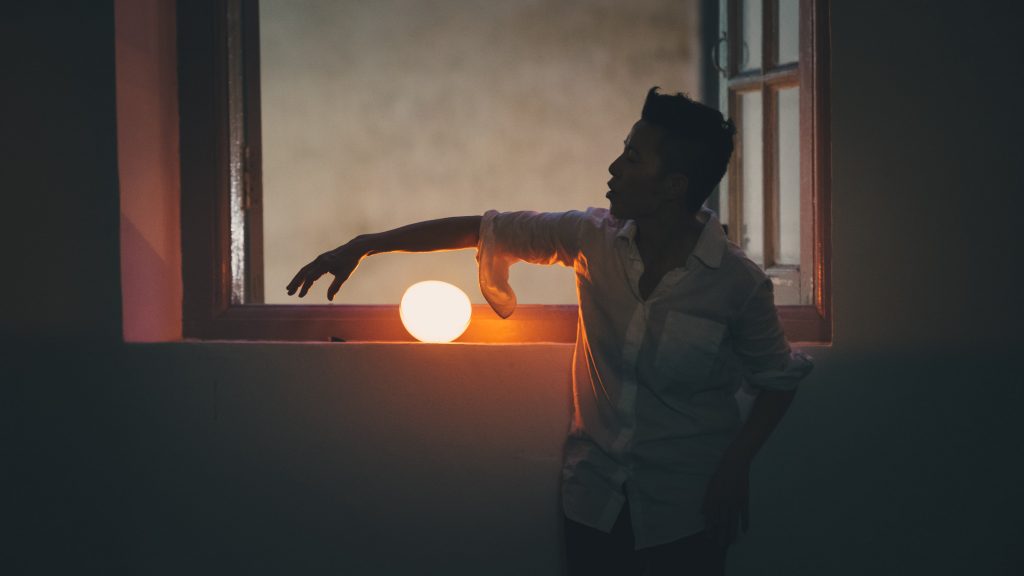
The conversations around these questions often pointed to not just what we might do FOR our students, but also how we might undo the habits of control and tyranny within our own bodies. Following are some of my takeaways from these meetings. In brackets, I have put the names of people from whom these ideas came, when I remember it clearly.
The opposite of compliance is not non-compliance, but agency. (Sadira Rodrigues)
One size fits one: all bodies are different and learn differently. How can a teacher acknowledge this? (Jan Derbyshire)
What does WORK look like and can we recognize and acknowledge all the ways it shows up? (Alana Gerecke)
Can we strive for BRAVE spaces, not just SAFE spaces? (Jan Derbyshire)
A simple way to encourage “no” as the beginning of a nuanced relationship between two people is: “Thank you for saying ‘no’”. (Addie Tahl)
The teacher as model: can we not model exhaustion and burnout for our students? Can we model vulnerability as strength? (Natalie Tin Yin Gan)
How can we say “no” to one another and still be WITH each other? If I say a student can say “no”, can I follow that up with real acceptance of that “no”, or will I be triggered myself into my own fears of abandonment and judgement? (me)
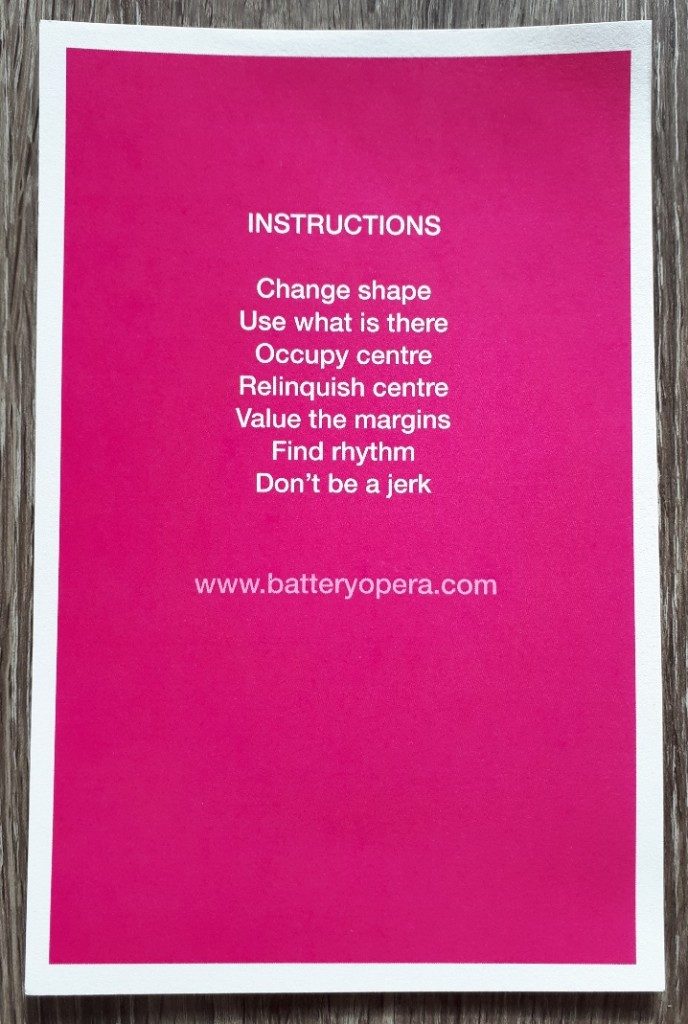
If we believe that dance (insert any artform you want here) is capable of taking on complex matters, then we must learn to speak about dance in relation to complex matters. We must learn to speak about our bodies in relation to complex matters, and we must learn to speak the truth of our bodies.
As a teacher of somatic approaches to voice and movement, I spend a lot of time bringing people’s attention to the sensation of gravity and to their breath: to be in the question of how our bodies are affected by the things that most people take for granted.
But our bodies are also affected by other invisible things. They are affected by our relationship to power and hegemony, to patriarchy, to white supremacy. We each carry complex histories which may contain trauma, loss, rage, grief alongside more pleasant sensations like joy and love.
As an artist who works with my body as my instrument, I feel a responsibility to understand the full range of my instrument. As a teacher and choreographer, I feel the responsibility to create a space where it is possible for the whole instrument to be present. This must include all the things that give us pleasure as well as the things that make us uncomfortable: Our yesses and our no’s. And we must learn to negotiate for the intimacy that we want, not endure an intimacy that is imposed upon us.
This seems important not just for life but also for art. Because, as the great teacher Linda Putnam says, “We are paid to lie, but in order to lie well, we must live in the truth”.







